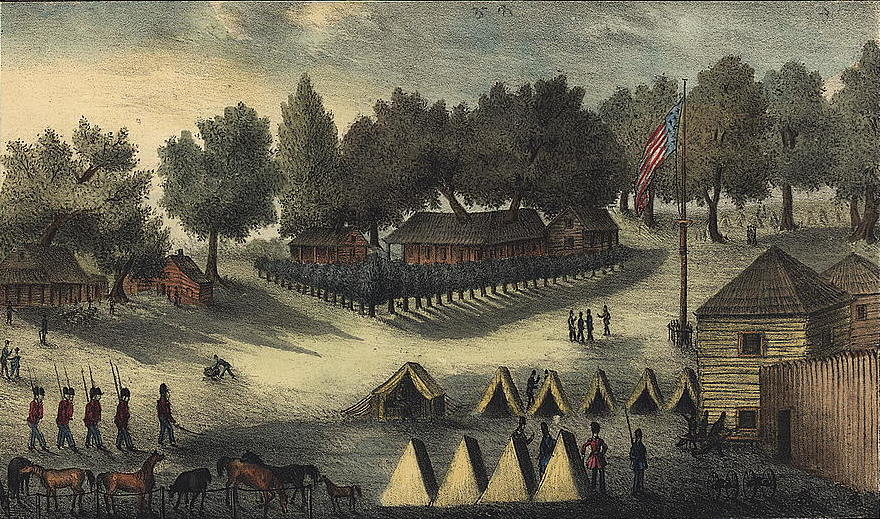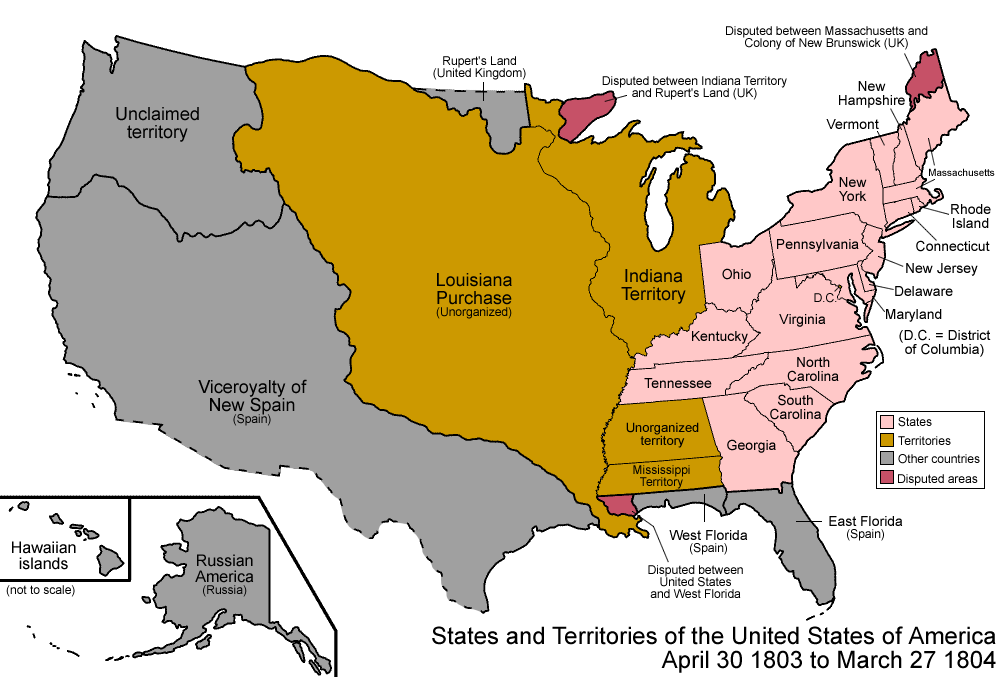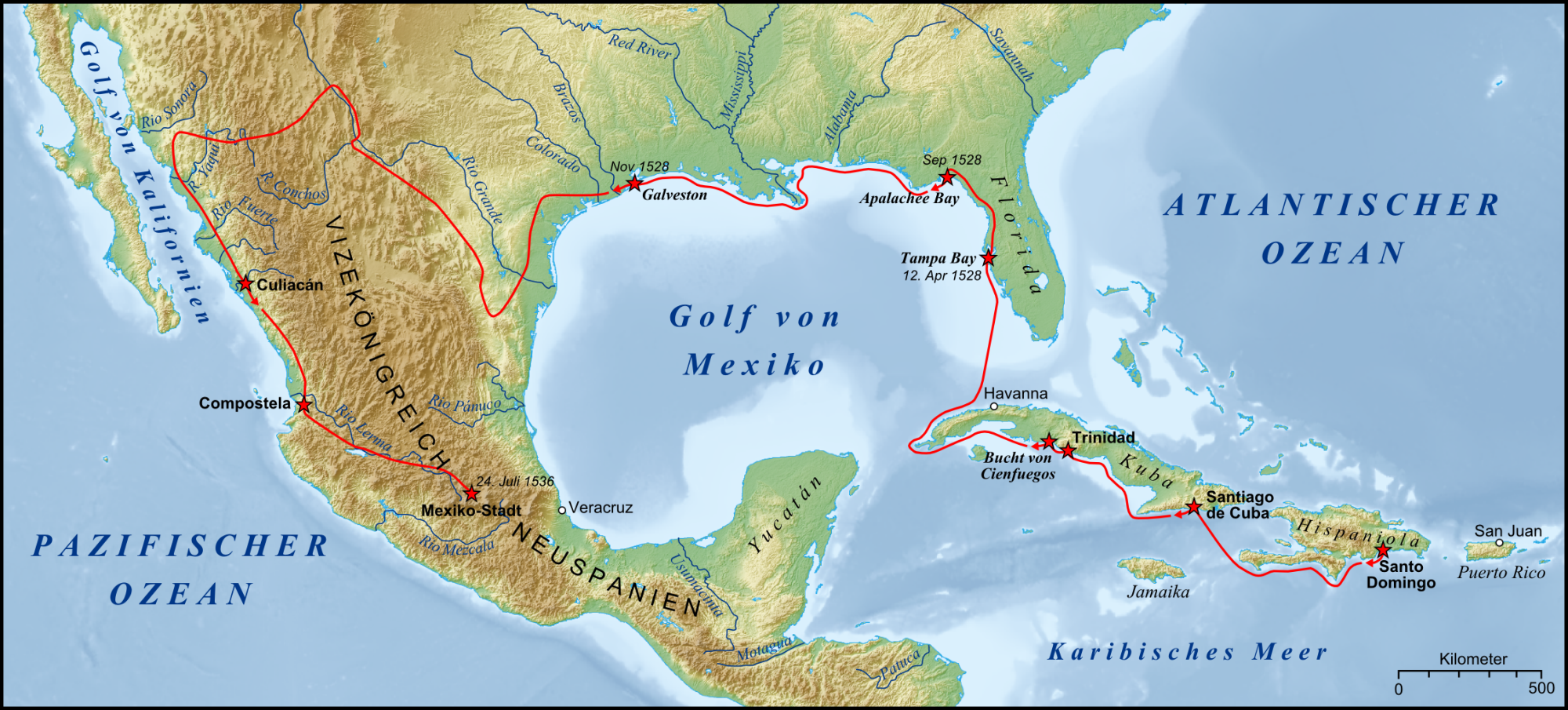|
Pinellas County, Florida
Pinellas County (, ) is located on the west central coast of the U.S. state of Florida. As of the 2020 United States census, 2020 census, the population was 959,107, making it the seventh-most populous county in the state. It is also the most densely populated county in Florida, with 1,326 residents per square kilometre. The county is part of the Tampa Bay area, Tampa–St. Petersburg–Clearwater Metropolitan Statistical Area. Clearwater, Florida, Clearwater is the county seat. St. Petersburg, Florida, St. Petersburg is the largest city in the county, as well as the largest city in Florida that is not a county seat. History Pre-European settlement The first evidence of human habitation in what is now Pinellas County comes from Weedon Island, Florida, Weedon Island. Various stone tools dated to the Archaic period (North America), Middle Archaic Period (5000-3000 BCE) have been found on the island. When Europeans first reached the Pinellas peninsula, the Tampa Bay area w ... [...More Info...] [...Related Items...] OR: [Wikipedia] [Google] [Baidu] |
County (United States)
In the United States, a county or county equivalent is an Administrative division, administrative subdivision of a U.S. state, state or territories of the United States, territory, typically with defined geographic Border, boundaries and some level of governmental authority. The term "county" is used in 48 states, while Louisiana and Alaska have functionally equivalent subdivisions called List of parishes in Louisiana, parishes and List of boroughs and census areas in Alaska, boroughs, respectively. Counties and other local governments in the United States, local governments exist as a matter of U.S. state law, so the specific governmental powers of counties may vary widely between the states, with many providing some level of services to civil townships, Local government in the United States, municipalities, and Unincorporated area#United States, unincorporated areas. Certain municipalities are List of U.S. municipalities in multiple counties, in multiple counties. Some municip ... [...More Info...] [...Related Items...] OR: [Wikipedia] [Google] [Baidu] |
Tocobaga
Tocobaga (occasionally Tocopaca) was the name of a chiefdom of Native Americans, its chief, and its principal town during the 16th century. The chiefdom was centered around the northern end of Old Tampa Bay, the arm of Tampa Bay that extends between the present-day city of Tampa and northern Pinellas County. The exact location of the principal town is believed to be the archeological Safety Harbor site. This is the namesake for the Safety Harbor culture, of which the Tocobaga are the most well-known group. The name "Tocobaga" is often applied to all of the native peoples of the immediate Tampa Bay area during the first Spanish colonial period (1513–1763). While they were culturally very similar, most of the villages on the eastern and southern shores of Tampa Bay were likely affiliated with other chiefdoms, such as the Pohoy, Uzita, and Mocoso. Study of archaeological artifacts has provided insight into the everyday life of the Safety Harbor culture. Little is known about ... [...More Info...] [...Related Items...] OR: [Wikipedia] [Google] [Baidu] |
Fort Brooke
Fort Brooke was a historical military post established at the mouth of the Hillsborough River (Florida), Hillsborough River in present-day Tampa, Florida in 1824. Its original purpose was to serve as a check on and trading post for the native Seminoles who had been confined to an interior reservation by the Treaty of Moultrie Creek (1823), and it served as a military headquarters and port during the Second Seminole War (1835–1842). The village of Tampa developed just north of the fort during this period, and the area was the site of a minor raid and skirmish during the American Civil War. The obsolete outpost was sparsely garrisoned after the war, and it was decommissioned in 1883 just before Tampa began a period of rapid growth, opening the land for development. Fort Brooke was located on what is now the southern end of downtown Tampa along eastern bank of the river and the Garrison Channel. Most of the fort's structures were situated at the current site of the Tampa Conventi ... [...More Info...] [...Related Items...] OR: [Wikipedia] [Google] [Baidu] |
Adams–Onís Treaty
The Adams–Onís Treaty () of 1819, also known as the Transcontinental Treaty, the Spanish Cession, the Florida Purchase Treaty, or the Florida Treaty,Weeks, p. 168. was a treaty between the United States and Spain in 1819 that ceded Florida to the U.S. and defined the boundary between the U.S. and Mexico (New Spain). It settled a standing border dispute between the two countries and was considered a triumph of American diplomacy. It came during the successful Spanish American wars of independence against Spain. Florida had become a burden to Spain, which could not afford to send settlers or staff garrisons, so Madrid decided to cede the territory to the United States in exchange for settling the boundary dispute along the Sabine River in Spanish Texas. The treaty established the boundary of U.S. territory and claims through the Rocky Mountains and west to the Pacific Ocean, in exchange for Washington paying residents' claims against the Spanish government up to a total of $5 ... [...More Info...] [...Related Items...] OR: [Wikipedia] [Google] [Baidu] |
Spanish Empire
The Spanish Empire, sometimes referred to as the Hispanic Monarchy (political entity), Hispanic Monarchy or the Catholic Monarchy, was a colonial empire that existed between 1492 and 1976. In conjunction with the Portuguese Empire, it ushered in the European Age of Discovery. It achieved a global scale, controlling vast portions of the Americas, Africa, various islands in Asia and Oceania, as well as territory in other parts of Europe. It was one of the most powerful empires of the early modern period, becoming known as "the empire on which the sun never sets". At its greatest extent in the late 1700s and early 1800s, the Spanish Empire covered , making it one of the List of largest empires, largest empires in history. Beginning with the 1492 arrival of Christopher Columbus and continuing for over three centuries, the Spanish Empire would expand across the Caribbean Islands, half of South America, most of Central America and much of North America. In the beginning, Portugal was ... [...More Info...] [...Related Items...] OR: [Wikipedia] [Google] [Baidu] |
British Empire
The British Empire comprised the dominions, Crown colony, colonies, protectorates, League of Nations mandate, mandates, and other Dependent territory, territories ruled or administered by the United Kingdom and its predecessor states. It began with the English overseas possessions, overseas possessions and trading posts established by Kingdom of England, England in the late 16th and early 17th centuries, and colonisation attempts by Kingdom of Scotland, Scotland during the 17th century. At its height in the 19th and early 20th centuries, it became the List of largest empires, largest empire in history and, for a century, was the foremost global power. By 1913, the British Empire held sway over 412 million people, of the world population at the time, and by 1920, it covered , of the Earth's total land area. As a result, Westminster system, its constitutional, Common law, legal, English language, linguistic, and Culture of the United Kingdom, cultural legacy is widespread. ... [...More Info...] [...Related Items...] OR: [Wikipedia] [Google] [Baidu] |
History Of Florida
The history of Florida can be traced to when the first Paleo-Indians began to inhabit the peninsula as early as 14,000 years ago. They left behind artifacts and archeological remains. Florida's Recorded history, written history begins with the arrival of Europeans; the Spanish explorer Juan Ponce de León in 1513 made the first textual records. The state received its name from that ''conquistador'', who called the peninsula ''La Pascua Florida'' in recognition of the verdant landscape and because it was the Easter season, which the Spaniards called ''Pascua Florida'' (Festival of Flowers). This area was the first mainland realm of the United States to be settled by Europeans, starting in 1513. Since then Florida has had many waves of colonization and immigration, including French and Spanish settlement during the 16th century, as well as entry of new Native American groups migrating from elsewhere in the South, and free black people and fugitive slaves, who in the 19th century bec ... [...More Info...] [...Related Items...] OR: [Wikipedia] [Google] [Baidu] |
Queen Anne's War
Queen Anne's War (1702–1713) or the Third Indian War was one in a series of French and Indian Wars fought in North America involving the colonial empires of Great Britain, France, and Spain; it took place during the reign of Anne, Queen of Great Britain. In the United States, it is often studied as a standalone conflict under this name, although it is also viewed as the American theater of the War of the Spanish Succession. In France, it was known as the Second Intercolonial War. The war was primarily a conflict between French, Spanish and English colonial ambitions for control of the North American continent while the War of the Spanish Succession was being fought in Europe. Each side drew in various Indigenous communities as allies, and it was fought on four fronts. In the south, Spanish Florida and the English Province of Carolina attacked one another, and English colonists engaged French colonists based at Old Mobile Site, Fort Louis de la Louisiane (near present-day Mob ... [...More Info...] [...Related Items...] OR: [Wikipedia] [Google] [Baidu] |
Smallpox
Smallpox was an infectious disease caused by Variola virus (often called Smallpox virus), which belongs to the genus '' Orthopoxvirus''. The last naturally occurring case was diagnosed in October 1977, and the World Health Organization (WHO) certified the global eradication of the disease in 1980, making smallpox the only human disease to have been eradicated to date. The initial symptoms of the disease included fever and vomiting. This was followed by formation of ulcers in the mouth and a skin rash. Over a number of days, the skin rash turned into the characteristic fluid-filled blisters with a dent in the center. The bumps then scabbed over and fell off, leaving scars. The disease was transmitted from one person to another primarily through prolonged face-to-face contact with an infected person or rarely via contaminated objects. Prevention was achieved mainly through the smallpox vaccine. Once the disease had developed, certain antiviral medications could poten ... [...More Info...] [...Related Items...] OR: [Wikipedia] [Google] [Baidu] |
Hernando De Soto
Hernando de Soto (; ; 1497 – 21 May 1542) was a Spanish explorer and conquistador who was involved in expeditions in Nicaragua and the Yucatan Peninsula. He played an important role in Francisco Pizarro's conquest of the Inca Empire in Peru, but is best known for leading the first European expedition deep into the territory of the modern-day United States (through Florida, Georgia (U.S. state), Georgia, Tennessee, Alabama, North Carolina, South Carolina, Mississippi, and most likely Arkansas). He is the first European documented as having crossed the Mississippi River. De Soto's North American expedition was a vast undertaking. It ranged throughout what is now the southeastern United States, searching both for gold, which had been reported by various Native Americans of the United States, Native American tribes and earlier coastal explorers, and for a passage to China or the Pacific coast. De Soto died in 1542 on the banks of the Mississippi River; sources disagree on the exa ... [...More Info...] [...Related Items...] OR: [Wikipedia] [Google] [Baidu] |
Narváez Expedition
The Narváez expedition was a Spanish expedition started in 1527 that was intended to explore Florida and establish colonial settlements. The expedition was initially led by Pánfilo de Narváez, who died in 1528. Many more people died as the expedition traveled west along the unexplored Gulf Coast of the present-day United States and into the American southwest. Only four of the expedition's original members survived, reaching Mexico City in 1536. These survivors were the first known non-Native Americans to see the Mississippi River, and to cross the Gulf of Mexico and Texas. Narváez's crew initially numbered about 600, including men from Spain, Portugal, Greece, and Italy. The expedition met with disaster almost immediately. Making stops at Hispaniola and Cuba on the way to La Florida, the fleet was devastated by a hurricane, among other storms, and lost two ships. They left Cuba in February 1528. Their intended destination was the Rio de las Palmas (near present-day Tampico, ... [...More Info...] [...Related Items...] OR: [Wikipedia] [Google] [Baidu] |
Pánfilo De Narváez
Pánfilo de Narváez (; born 1470 or 1478, died 1528) was a Spanish ''conquistador'' and soldier in the Americas. Born in Spain, he first sailed to the island of Jamaica (then Santiago) in 1510 as a soldier. Pánfilo participated in the conquest of Cuba and led an expedition to Camagüey, escorting Bartolomé de las Casas. He is best remembered as the leader of two failed expeditions, the first of which began in 1519 and ended in 1520 after defeat and capture in battle against Hernán Cortés. Pánfilo's second expedition, the Narváez expedition, began in 1527 and ended for him with his death the following year. Only four men returned from it, reaching present-day Mexico City in 1536. He was named an '' adelantado'' by King Carlos V before embarking on that final expedition. Birth and family Pánfilo de Narváez was born in Castile (in either Navalmanzano, near Cuéllar, or Valladolid) in 1470 or 1478. He was a relative of Diego Velázquez de Cuéllar, the first Spa ... [...More Info...] [...Related Items...] OR: [Wikipedia] [Google] [Baidu] |








